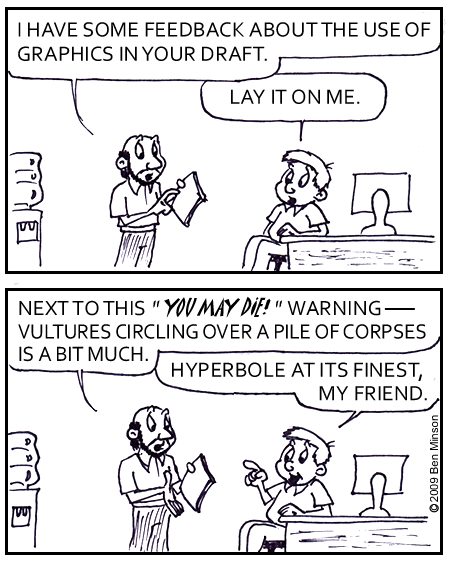My dog could express a range of emotions. He imperiously cocked an eye brow to state “TV over me?” After a meal (including a filling portion from ours) or upon chasing squirrels out of the garden and neighborhood, he would loll with his pink tongue out as if to say “jiyo to aise”. With his thumping tail, moist eyes, and quivering nose and whiskers, he bade us listen – and obey – and how!
We biped mammals have a similar urge to communicate within and without our species and with the inanimate world; with our parrots and mynahs and other pets, colleagues, neighbors, satellites and computers, and potential alien life ‘out there’.
This communication happens through social media, protocols, computer languages, and a host of other scripts and tools beside traditional speech and writing. We have even invented symbols and sign languages for situations where oral communication and its written script may not be possible. Some of us also learn multiple languages for pleasure and profit
[Editor: should I bless or curse the SMS language?]
What does this mean for a technical communicator who juggles language and technical review fixes, SME (and, maybe, client) meetings, and yet another glitch in the documentation tool; all in the shadow of the looming product release?
[Writer: bheja fry!]
What does this mean for a language reviewer who struggles with RAM chip enable signal [Editor: hmm, Noun string or verb issue!] or one more instance of You will observe that the Toolbars option is displayed? With 200 more pages of review for two more writers and a deep longing for homemade coffee, the reviewer can see the day stretch ahead endlessly.
Technical communication is a mixed blessing in that it has a finite vocabulary. The sentence patterns are also fairly consistent within a document set. However, non-standardization is one of the most common errors in both single- and multi-authorship. These errors can be of word usage, sentence construction, grammar and punctuation, headings, and many more where parallelism is lacking from section through chapter to book level.
[Editor: should have stayed on as sub ed. I could have been the next Burkha Dutt!]
The downtime due to fixes can be easily overcome with a consensus within the team on a word list. Even if you are an individual contributor, consider maintaining a scratch file of jargon and common sentence patterns. You can do this after a basic understanding of your product and deliverable.
When in a team of writers, it is also important to share such changes with each other and archive in a knowledge base. I recall how I spent close to 30 minutes daily changing could to should and back again each time my client-side editors either changed their mind (yet again) or failed to inform us on time of their merry-go-round changes.
[Writer: ROFL!]
You can bring up your language-related concerns in your daily scrum and maintain such job aids for the writer and editor. Swivel attention to peer and team communication as it pays dividends in terms of productivity for all stakeholders.
[Editor: chai time at last!]
[Writer: TTYL, updating my leave status on Facebook]
Author: Radhika Hari has 12y experience in a round robin of oral and written communication. Editing is her first love as much as mentoring peers in written English. She is currently a freelance writer and STC India’s first Editing SIG. You can reach her at harir66@yahoo.com



Good article Radhika!
Thanks Manjula!